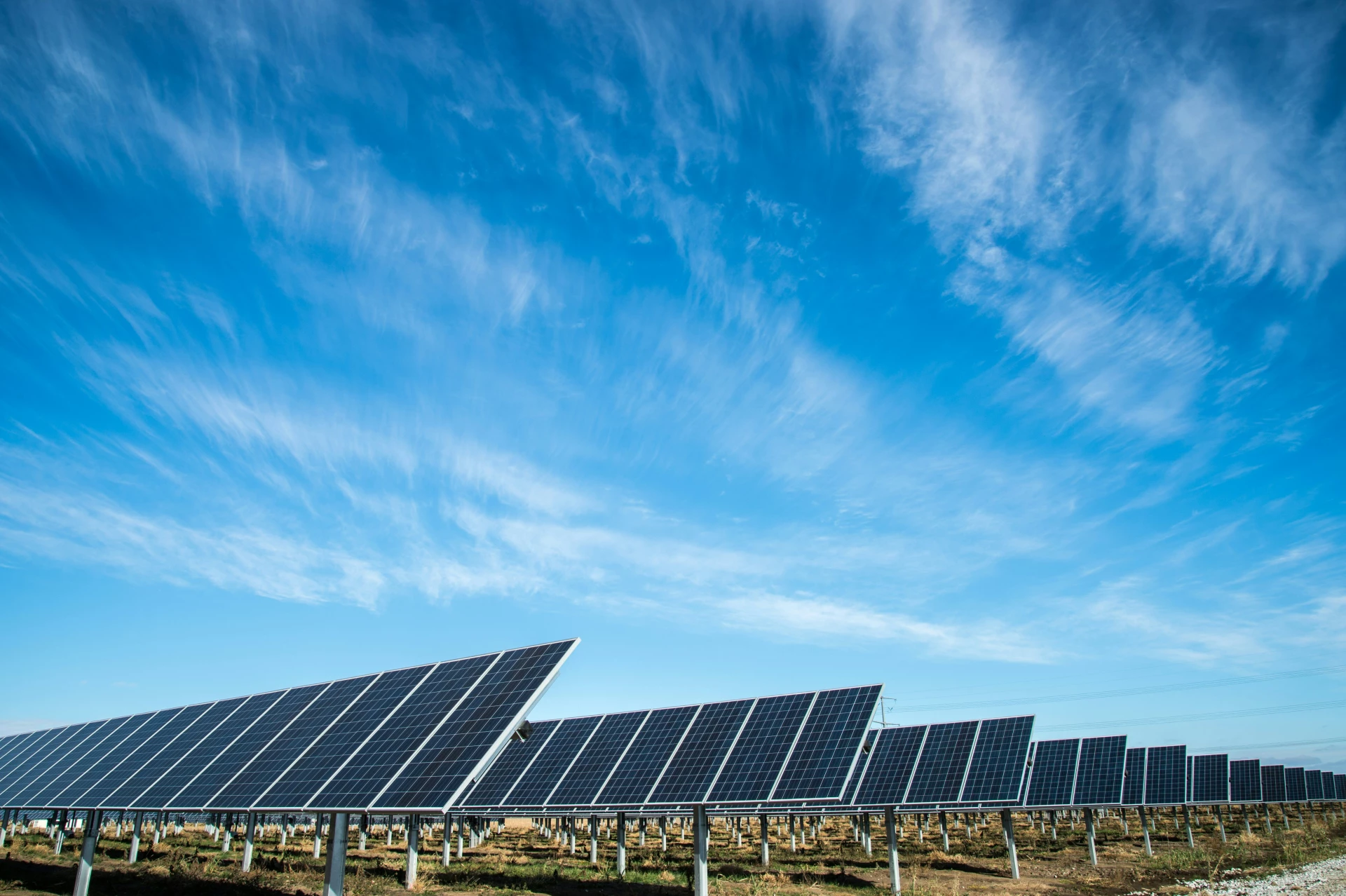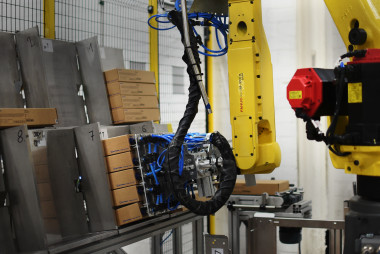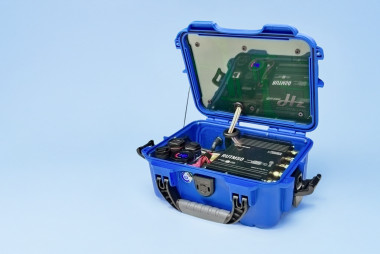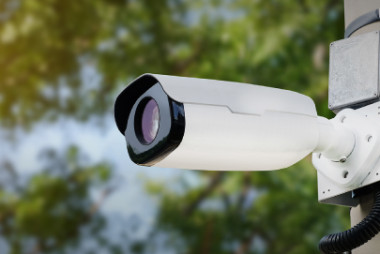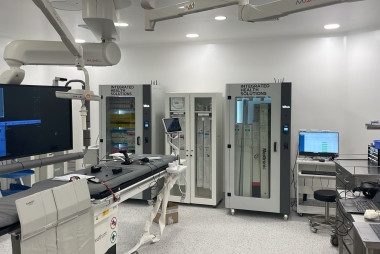Highlights
✔ With the growing popularity of solar farming, ensuring smooth operations and equipment health is paramount. This necessitates a scalable solar energy solution to enable remote monitoring and predictive maintenance.
✔ Providing connectivity in this IoT solution are the TRB140 IoT gateway and TSW210 unmanaged switch, forming a network encompassing multiple solar panels with fewer total IoT gateways.
✔ Both the TRB140 and the TSW210 are compact, industrial-grade, and energy-efficient networking devices designed to withstand the hot conditions of solar farms and solar power plants, without breaking a sweat!
The Challenge – Solar Farming Done Smart
Over the past few decades, the share of renewables in the global energy market has been on the rise, reaching 3.9 TW, or 43%, in 2023. Behind these numbers are different sources of renewables, but consistently chief among them is solar, accounting for 1418 GW in 2023.
As such, solar farming is growing in popularity worldwide, with more solar power plants installed yearly, covering cast areas with legions of solar panels. Included with those solar panels is a complex infrastructure of solar power converters, controllers, and energy storage systems, among others.
In order to ensure smooth operations and equipment health, this infrastructure must be monitored closely 24/7. And since solar farms are often installed in remote locations, this calls for a scalable solar energy solution that enables IoT remote monitoring.
This remote monitoring will not only keep things running at peak efficiency, but also add predictive maintenance to your solar farming operations—alerting of potential equipment failure risks before they occur.
To make remote monitoring a reality, a couple of networking devices must be deployed: an IoT gateway and an unmanaged switch.
Topology
The Solution – IoT Gateway & Unmanaged Switch
Enabling the remote monitoring and predictive maintenance of this solar energy solution are Teltonika’s TRB140 IoT gateway and TSW210 unmanaged switch.
The end equipment of each solar panel is connected to the TSW210 via RJ45. As this is an 8-port switch, you can keep tabs on each component separately without needing additional switches. Each unmanaged switch is then connected to other switches, forming a single network (a switchwork, if you will). This way, only one unmanaged switch in the network needs to be connected to the TRB140 IoT gateway, which has a single RJ45 port.
Using this setup, multiple 8-port switches are utilised to reduce the total number of cellular gateways, cutting the overall cost of this IoT solution and maximising the efficiency of the TRB140. It also makes the solution more scalable, as a single cellular gateway becomes the connectivity source of multiple solar panels.
The TSW210 devices then distribute the IoT gateway’s LTE Cat 4 connectivity to the network of solar panels, from which the IoT gateway collects data and transmits it via the Modbus TCP protocol to a remote solar ERP (enterprise resource planning) system, where it is aggregated and analysed.
Access to that system equals access to the data, and so IoT remote monitoring and predictive maintenance are born.
Both the TRB140 and the TSW210 are compact, industrial-grade, and energy-efficient networking devices designed to help reduce the costs of your industrial IoT solutions without making any sacrifices in quality or functionality. They also support key industrial VPN protocols and boast numerous security features to safeguard your connection at all costs.
But can they take the heat of the sun, day after day? Of course! Teltonika devices are made to last—they are encased in rugged aluminium housing and can withstand temperatures from -40°C to 75°C, making them perfect for the hot conditions of solar farms and solar power plants, without even breaking a sweat.
Further bolstering their remote capabilities is their compatibility with our Remote Management System (RMS). This system gives you full remote access to your fleet of IoT gateways, making troubleshooting and firmware updating quick and easy. With RMS Connect, you can even access the solar panel end equipment connected to them.
Your solar energy solution doesn’t have to be complex and expensive. With the help of the TRB140 IoT gateway and TSW210 unmanaged switch, your solar farming operations will enjoy the benefits of remote monitoring and predictive maintenance—easily, affordably, and efficiently.
Featured product
TRB1404G/LTE (Cat 4), 3G, 2G
Small size, easy installation
Compatible with industrial DNP3 & Modbus communication protocols
Compatible with Teltonika Networks Remote Management System
